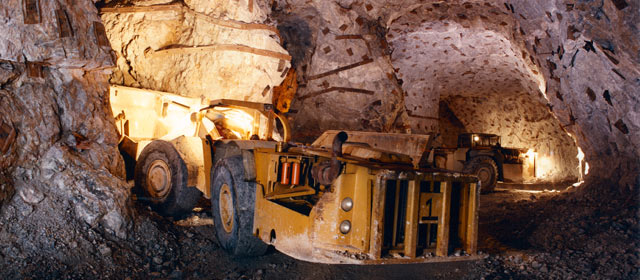Story summary
Mining industry
The mining industry takes products from under the ground. In New Zealand these include gold, ironsand, coal, petroleum and limestone. Most are used within New Zealand, but exports are worth over a billion dollars a year.
Most mining is opencast – using explosives and earth-moving equipment. Afterwards, the land is repaired so that it looks as though it has never been mined.
Some metals in New Zealand are only found in amounts too small to be usefully mined. These include aluminium, chromium, copper, mercury, tin, titanium, tungsten and uranium.
Mining history
Māori used stones such as pounamu (greenstone), obsidian and adzite to make tools, weapons and ornaments.
Early European settlers looked for gold and coal. By 1870 gold, silver, copper, lead and iron, and some chromium, zinc and antimony had been found in New Zealand. There was large-scale mining of gold from the 1870s until 1905, and then it declined. The gum from kauri trees was also mined.
After 1945 New Zealand earned more money from mining. There was also more building, and large amounts of aggregates were needed for concrete. Gold mining increased in the 1980s when the price of gold was no longer fixed. Iron and steel production rose when there were economic methods of producing them from the ironsands on west coast beaches.
Mining regulation
The government owns all petroleum, radioactive minerals, gold and silver mined in New Zealand, and also all coal, minerals and aggregates on government-owned land. Companies need to get permits to mine these and pay fees to the government.
Training
In the 19th century the government established mining schools to teach theory and practical skills. These have closed, and in the 2000s the Extractive Industries Training Organisation provides education relevant to mining industries.





